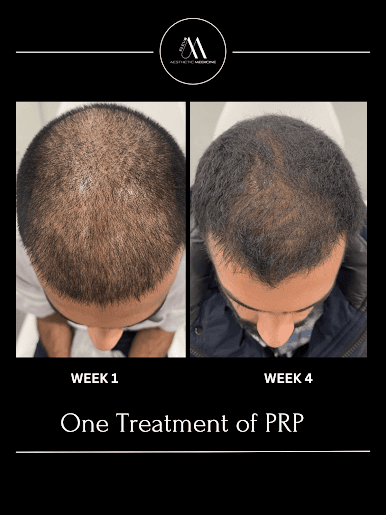Introduction
Hair loss is a common concern that affects millions of people worldwide, with both men and women seeking effective solutions to combat this condition. Platelet-Rich Plasma (PRP) therapy has emerged as a promising non-surgical treatment option for hair loss, offering patients a natural way to stimulate hair growth. In this article, we will delve into the intricacies of PRP for hair loss, exploring what it is, how it works, its effectiveness, and most importantly, its safety as a treatment method.
What is PRP for Hair Loss?
Platelet-Rich Plasma (PRP) is a cutting-edge therapy that utilizes the patient’s blood to promote tissue regeneration and healing. PRP is derived from the patient’s own blood, making it a safe and minimally invasive treatment option. The procedure involves drawing a small amount of blood from the patient, which is then processed to concentrate the platelets. Platelets are rich in growth factors that play a crucial role in tissue repair and regeneration.
Once the PRP is obtained, it is injected into the areas of the scalp affected by hair loss. The growth factors in PRP stimulate hair follicles’ activity, leading to enhanced hair growth, increased hair thickness, and overall improvement in hair health.
How Does PRP Work for Hair Loss?
The key mechanism behind PRP for hair loss lies in the growth factors present in the concentrated platelets. These growth factors initiate the body’s natural healing process, encouraging the production of new, healthy cells and promoting blood flow to the hair follicles.
When PRP is injected into the scalp, it nourishes the hair follicles, revitalizing them and prolonging the anagen (growth) phase of the hair cycle. Additionally, PRP therapy helps to reduce inflammation, which can contribute to hair loss. By rejuvenating dormant hair follicles, PRP encourages hair regrowth and enhances the quality of existing hair.
Effectiveness of PRP for Hair Loss
Clinical studies and anecdotal evidence suggest that PRP can be a beneficial treatment for hair loss. While individual results may vary, many patients report noticeable improvements in hair thickness, density, and overall hair health after undergoing a series of PRP treatments.
It is essential to understand that PRP for hair loss is not a one-time solution. Typically, a series of PRP sessions, spaced several weeks apart, is recommended to achieve optimal results. Results can become apparent after a few months, with continued improvements over time.
Moreover, PRP therapy can be used in conjunction with other hair restoration treatments, such as hair transplant surgery or topical medications, to enhance their effectiveness and provide comprehensive hair restoration.
Is PRP for Hair Loss Safe?
One of the most significant advantages of PRP for hair loss is its safety profile. Since PRP is derived from the patient’s own blood, the risk of an allergic reaction or transmission of infections is virtually nonexistent. The procedure is minimally invasive, involving only a simple blood draw and injection.
As with any medical procedure, some mild side effects may occur, such as temporary redness, swelling, or mild discomfort at the injection sites. However, these side effects typically resolve within a few days, and serious complications are exceedingly rare.
The safety of PRP for hair loss largely depends on the expertise of the administering medical professional. Therefore, it is crucial to seek treatment from a qualified and experienced healthcare provider who specializes in PRP therapy for hair loss.
Conclusion
Platelet-Rich Plasma (PRP) therapy offers a promising solution for individuals experiencing hair loss. By harnessing the body’s natural healing abilities, PRP stimulates hair follicles, encourages hair regrowth, and improves overall hair health. The treatment is safe, minimally invasive, and provides an alternative for those seeking non-surgical approaches to combat hair loss.
As with any medical procedure, it is essential to consult with a qualified healthcare professional to determine if PRP for hair loss is the right treatment option for you. With the right expertise and adherence to best practices, PRP can be a valuable tool in the fight against hair loss, helping patients regain confidence and achieve a fuller head of hair.
